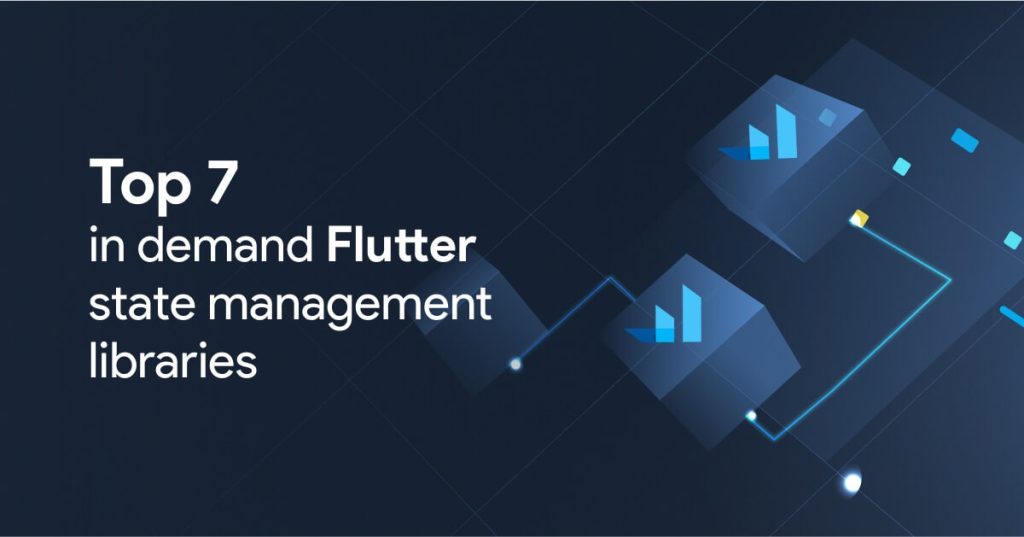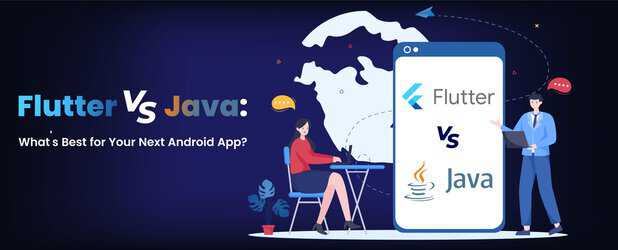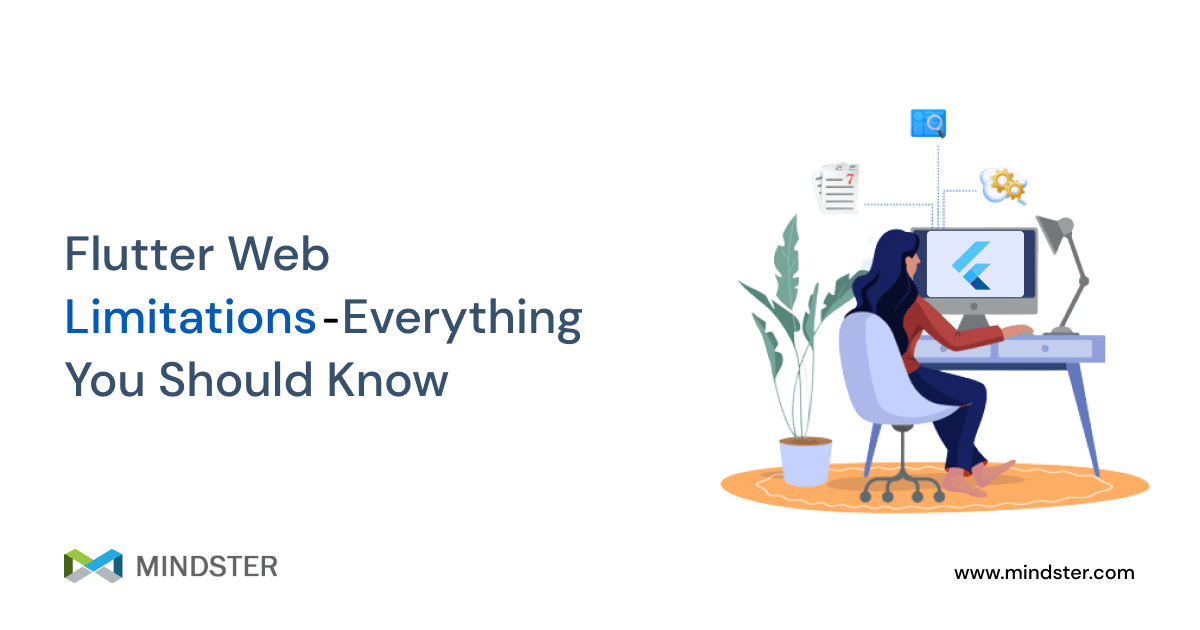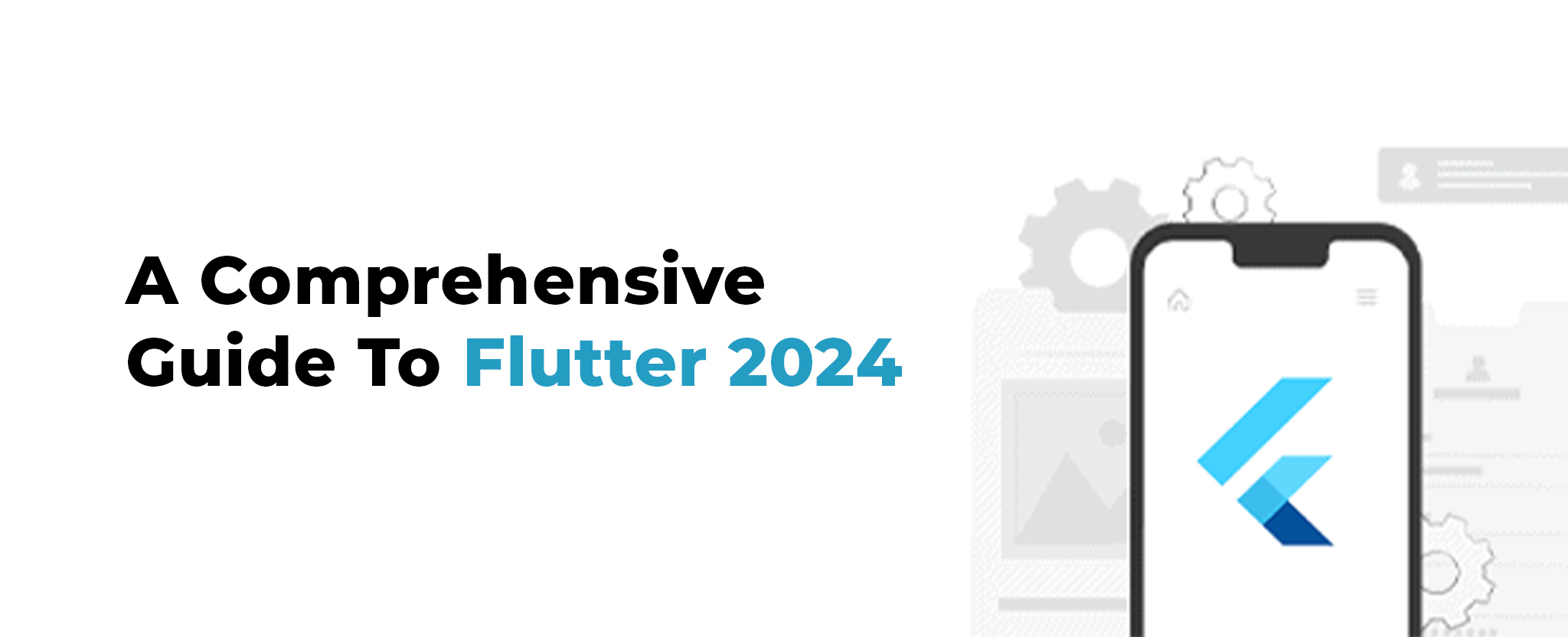Top 7 in-demand Flutter state management libraries to look out for in 2024
26 Dec 22 


Introduction
For iOS and Android, the Flutter app development platform makes it possible to create strong, high-quality mobile apps. Using Flutter, Google’s portable UI toolkit, we can create desktop, mobile, and website development applications from a single codebase. Businesses and developers from all around the world use Flutter app development services. And the best part is that it is open-source and free.
This toolkit primarily displays stateful or stateless widgets, however, it is less capable than other frameworks of handling state management or architectural design. The community around a Flutter app development firm offers several options, and it also offers a variety of alternatives for regulating states.
Here are the top 7 Flutter State Management Libraries for 2023.
1. BLoC
2. Inherited widget
3. Provider
4. Riverpod
5. MobX
6. GetX
7. Cube
Flutter state management
One of the most important topics to consider when developing Flutter apps is state management. It’s a mechanism for keeping track of every UI change a user makes. It is essential for the administration of web, desktop, and mobile apps. A Flutter app development state management library can make it easier to keep data and information up to date.
Flutter state management libraries make it easier to create and maintain apps that have a variety of state changes. Flutter’s declarative programming approach allows mobile app developers to create user interfaces from scratch by updating app states in accordance with the user interface.
The Flutter architecture is self-contained in terms of state management. State management libraries are frequently ignored when developing small applications with few state changes. A state management library, on the other hand, is a better choice for creating complex Flutter app development services.
Whatever the state changes the app encounters, Flutter’s state management libraries make them easier to create and maintain. To return changes to an application’s state, Flutter employs a declarative programming model.
Here are the top 7 Flutter State Management Libraries for 2023.
1. BLoC
One of Flutter’s state management alternatives is the Bloc Pattern (Business Logic Component), which is one of the most used strategies. As the name implies, the Bloc pattern allows for the separation of all Flutter application functionality into a single component known as the Business Logic Component.
Blocs are frequently assigned to each screen in Flutter apps. We can make it easier to test and reuse by separating the display code from the business logic. When developers adhere to consistent patterns and standards, they may be able to work productively on the same code base.
Bloc/RXRx combines BLoC with the reducer pattern. A reducer is a function that takes in the current state and actions and returns a new result in the form.
2. Inherited widget
Flutter provides inherited widgets to make state management easier. Because of inheritance, other classes can access data in a tree. The widgets are created on top of the tree, which improves app compatibility. Instead of writing the code in each child class, users can use Inherited Widget’s convenience class to pass the state down. Because Inherited Widget is the root of the tree, using it for state transitions has no effect on the widgets above it. An experienced mobile app development company can best explain inherited widgets.
3. Provider
To make inherited widgets more reusable and user-friendly, they are wrapped in provider packages. This package is useful for anyone looking for a more straightforward way to use InheritedWidget. The Bloc package’s Provider class provides and accesses widget tree objects internally. A provider can be used with state objects like Triple, ValueNotifier, and ChangeNotifier, among others.
4. Riverpod
Riverpod, a completely new implementation of Inherited Widgets, was created by the same person who created Provider. This is done so that the author can avoid some of the issues that were encountered while developing Provider in Riverpod.
The Provider creators created the library to address the issues that developers face when using it. The inherited Widget has been redesigned to be more straightforward and user-friendly. It has recently progressed beyond the experimental stage and is thus more recent and less popular than Provider.
Riverpod detects coding errors at compile time rather than at run time. Because of the unidirectional data flow, which by default makes app objects accessible in Flutter’s devtool, Flutter app development services are more scalable. It also makes patterns independent of Flutter and simple.
5 . MobX
According to the official documentation, MobX is a simple method for integrating reactive data with the user interface. MobX works in a few seemingly simple ways behind the scenes, but understanding a few key concepts and terminologies is required. MobX is based on three fundamental principles: observables, actions, and reactions.
MobX’s reactive data is simply coupled to the user interface via a state-management framework (UI). While being automated, this wiring appears to be quite natural. UI developers no longer have to worry about keeping these two things in sync and can instead focus on what reactive data needs to be consumed.
6. GetX
GetX is a small, fast, and dependable state management library for Flutter app development. Flutter comes with State Management libraries such as MobX, BLoC, Redux, Provider, and others.
GetX, a powerful little framework, can be used for dependency injection as well. State management allows information to flow within an application. Furthermore, each time information is supplied, the program is rebuilt because the state has changed.
7.Cube
Flutter’s Cube library, which uses dependency injection without requiring code creation, is the most recent state management library. Because the project is still in its infancy, not all Flutter users are acquainted with it. Even if you are new to Flutter, this method is not difficult to grasp. Furthermore, recreating widget trees as needed reduces code complexity while objectively simplifying state management.
Cube is extremely user-friendly for new users and is gaining popularity. The focus of the application is object-oriented state management. As a result, the widget tree is only rebuilt when needed, reducing code complexity.
Wrapping up
Choosing the right Flutter state management library is just as important as using it. Developers will save valuable time if they use simple state transitions rather than complex boilerplate code. The needs of the application development should be considered when selecting a state management library.
Do not go for a second option, if you are planning to build a mobile application using Flutter. Setting up a meeting with our team is always the first choice. So how about we take your serious requirements and move forward for consideration?
Mindster allocates you the experts in mobile applications to enhance the priorities of your business.
- Android Development3
- Artificial Intelligence27
- Classified App3
- Custom App Development2
- Digital Transformation11
- Doctor Appointment Booking App13
- Dropshipping1
- Ecommerce Apps38
- Education Apps2
- Fintech-Apps34
- Fitness App2
- Flutter3
- Flutter Apps19
- Food Delivery App5
- Grocery App Development1
- Grocery Apps3
- Health Care7
- IoT2
- Loyalty Programs9
- Matrimony Apps1
- Microsoft1
- Mobile App Maintenance2
- Mobile Apps120
- Product Engineering4
- Progressive Web Apps1
- Saas Application2
- Shopify7
- Software Development1
- Taxi Booking Apps7
- Truck Booking App5
- UI UX Design8
- Uncategorized4
- Web App Development1


















Comments